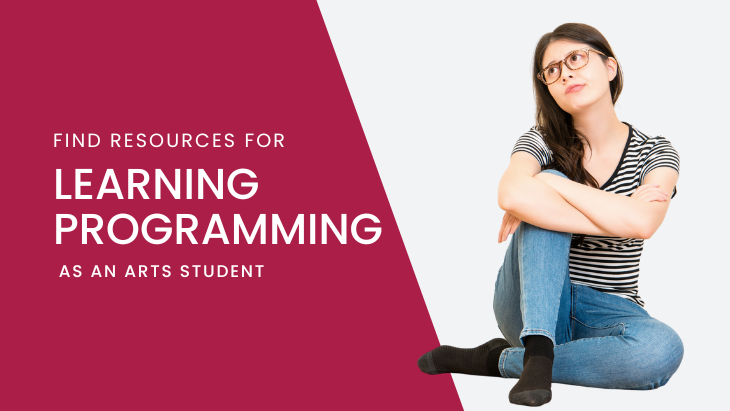Civil Services is not an easy exam, and only a few succeed. However, you have Alternatives to Civil Services options even if you fail. You can read about Mehrunnissa KAS as an example. She failed numerous times and met an accident, which forced her to live on her friends for money. Various other stories are on the internet. And that proves there is life even if you fail in civil services. But you require knowing what you can do if you fail. This article presents in front of you, various other options, and you have plenty of them available.
If you do not qualify for the UPSC, you still have a good knowledge base and register changes in your perception of the world. Therefore, even if you do not qualify; and have prepared hard, you are ready for other career options which are achievable for you. That covers like:
- UN civil service
- Options in institutions like WTO, WHO, IPCC, and World Bank
- NGOs like Oxfam, HelpAge, Greenpeace, etc.
- Journalism and blogging
- Higher Education in your stream through GATE, LLM, UGC-NET
- MNC jobs through MBA
- Politics
- Author, Social activity
- IBPS (Institute of Banking Personnel Selection)
- CPF (Central Provident fund Board)
- You can join civil services preparatory Institutions as a faculty
- Entrepreneurship
- Move to your original subjects and hunt for the jobs in that subject
- You can appear in government exams like state civil services, SSC (Staff Selection Commission), and State PSC (Public Service Commission), Bank PO (Bank probationary Officer), RBI Grade B, Railways, Intelligence Bureau.
Various sections like CMAT (Common Management Admission Test), CAT (Common Admission Test), CPF (Central Provident fund), SSC (Staff Selection Commission), RRB (Railway Recruitment Board), and State PSC (Public service commission) clearance require similar UPSC syllabus. Also, various government enterprises recruit candidates who do not clear the civil services exams, which include the NTPC (National Thermal Power Corporation) and SAI (Sports Authority of India). You can also look for job options in the Indian Economy Services and Indian Statistical Services.
When it comes to job options like UN civil services, WTO, WHO, IPCC, World Bank, IBPS, CPF, SSC, State PSC, Bank PO type of examination, you need to not look out for any further studies, and if you have studied for the UPSC, you will be in a good position to clear these examinations. And some of the exams mentioned in the last bullet above have the same syllabus as the UPSC examination. And hence, you need to opt for these examinations in parallel with the UPSC.
Opting for options like MBA and Internet blogging is, however, a complete changeover of the field, and the same thing; applies when you opt to continue with your mainstream. In the second option, you have already studied, but you will not get the advantage of the UPSC exam syllabus. But you have these options with you open. While MBA leads to managerial jobs and entrepreneurship, you can start blogging about your experiences with the UPSC exams. However, blogging will require knowledge other than UPSC, as you need to prepare your plate to succeed as a blogger. However, if you study hard for UPSC, even if you fail in the exam, you will find yourself mentally prepared to serve as a blogger.
If you are a sportsperson and prepared for the UPSC, there is no other better alternative than the SAI. It’s a dream job, and examiners will prefer you if you are also a national-level or state-level sportsperson.
And most of the similar government jobs as the alternatives to Civil Services you can opt for have been mentioned above. And if you are sitting for UPSC, then you should opt for these examinations as well as an alternative.
However, the sure shot most common trending option for those preparing for the UPSC is the Bank PO examination though all of the alternatives are equally good with different levels of amenities, and all leads to secure life. Examinations like UN civil services will be a little more harder but you will get more amenities for sure. Some are tough and some are easy; and all are awesome to different levels, though all will act as life insurance. Generally, those preparing for the UPSC examination seriously are good in aptitude and General knowledge. And this is what you need to clear the examinations like Bank PO.
Many looks for a career in politics. Its an option as well.
And you can be a good Mentor for the UPSC Aspirants. You have given the exam and just missed clearing it. In that case, you know to prepare for the examination and where the students failed to clear the exam. You know about the obstacle in clearing the UPSC examination. You can be a good Mentor.
However, if you are already an Engineer or Doctor, you need not worry about an Alternatives to Civil Services.











